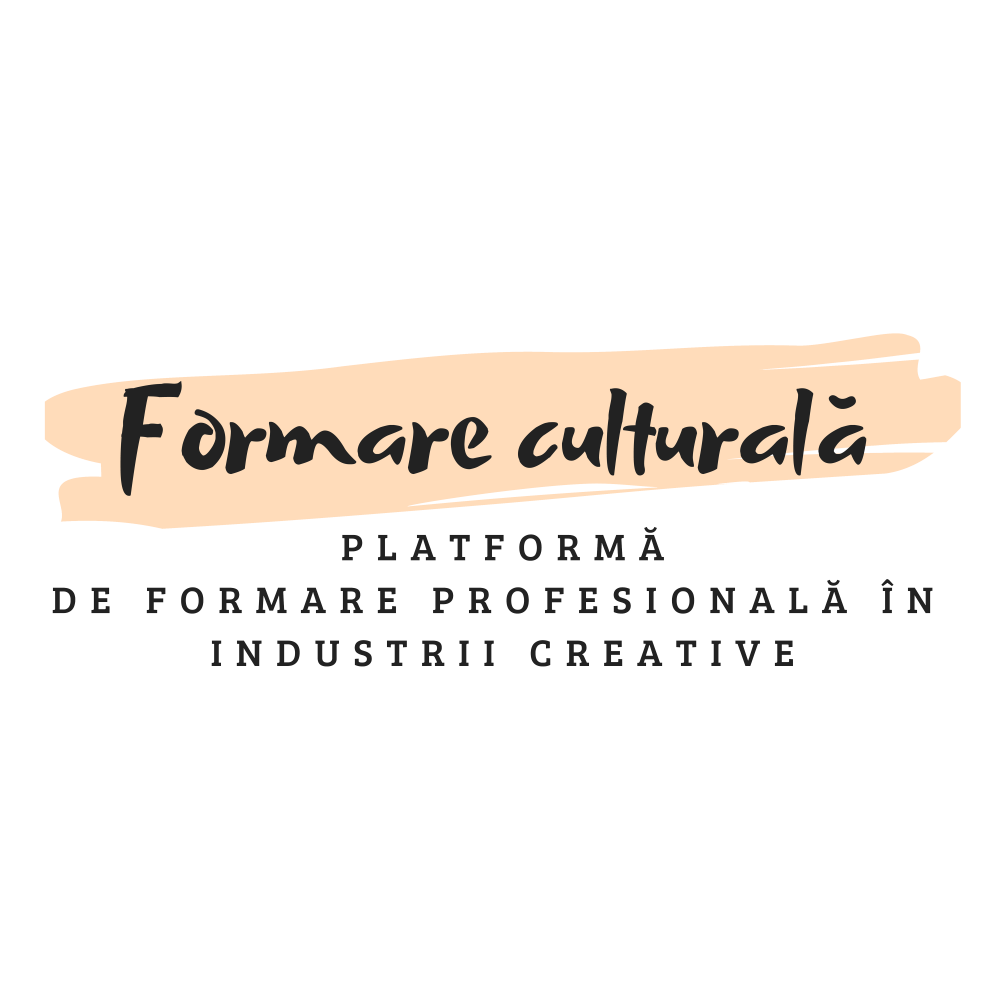This professional dialogue, part of the ”Beyond creation” project, produced by Formare Culturala platform, explores the intersection of heritage preservation, urban development, and cultural rights through a knowledge transfer session between researcher Oana Nasui and heritage expert Sir Paul J.R. Dujardin, who serves as President of Europa Nostra Belgium and Commissioner General for Heritage in Brussels.
The knowledge transfer discussion begins with Paul Dujardin outlining his work at Europa Nostra, emphasizing that “buildings without people have no meaning” and the need to create narratives around heritage. He describes Europa Nostra’s three main activities: heritage advocacy and rescue (citing their successful intervention in preventing the demolition of a monastery in Nivelles), policy and awareness bridging between local communities and European decision-makers, and networking to serve as a platform for dialogue. In his Brussels role, he focuses on making the city an “Art Deco world capital” while mediating between citizens, institutions, and policymakers in contested heritage cases.
Oana Nasui responds positively to the concept of heritage as “living” rather than a museum piece, then poses a crucial challenge: how to handle stakeholders, particularly building owners who view heritage properties purely as business assets. She references Romania’s situation where legislation exists but implementation lacks proper normative measures.
Paul addresses this by arguing that “cultural heritage is always negotiated and never neutral,” acknowledging that different actors operate on different timescales – developers focus on short-term returns, public institutions work with bureaucratic timelines, and communities operate with multigenerational memory. His strategy involves reframing conversations with private owners around opportunities rather than restrictions, using adaptive governance with bespoke agreements, narrative reframing to change how owners perceive their buildings, and creating multi-stakeholder mediation platforms. He emphasizes that heritage should be seen as contributing to “the present and the future, not the past.”
Oana identifies a major issue in Romanian cities: the lack of ownership feeling – “if you don’t think that your city is yours or that building is yours, the heritage is yours, then your involvement is very small or not at all.” Building on this theme of ownership and empowerment, she expands the discussion to contemporary artists, asking about their awareness of legal rights within the EU framework and their potential empowerment as agents addressing global issues like climate change and human rights.
Paul presents concerning statistics: while Europe has 9 million cultural workers contributing 5% to GDP, 60-65% of young art graduates leave the field due to the fragility of their legal status and lack of preparation. He advocates for mandatory rights education in art curricula and emphasizes artists’ role as “civic actors” who don’t merely illustrate crises but “prototype alternatives.” He sees artists as preservers of contested narratives, especially when official institutions fail, citing projects in Bosnia, Ukraine, and the Mediterranean region.
Crucially, Paul argues for a fundamental redefinition of artist empowerment, stating that artists need not just “access to funding but ownership to frameworks” – they should own the structures within which they operate rather than merely having access to existing systems. He emphasizes that “art must be seen as a factor of globally public intelligence and not product,” positioning art as a form of collective intelligence that contributes to societal understanding rather than as a commodity. This connects to his vision that artists should be “equipped through legal knowledge and ethical frameworks and civic platforms to shape the narratives of our time” rather than simply commenting on them – they must have a prospective, forward-looking role.
The professional discussion concludes with Oana asking about preparing future culture managers and practitioners to avoid disillusionment. Paul responds by describing his teaching approach at Université libre de Bruxelles, where he frames cultural policy as “not just what governments do, it’s what you choose to do with awareness of systems.” He uses theory as a compass rather than a cage, teaches methods of translation from policy to practice, and employs project-based scenarios with real-life case studies. His goal is to show students that culture work is “political not technocratic” and that they are “bridge builders, narrative shapers, and civic actors” capable of systematic impact even through small interventions.
Throughout the professional exchange, both experts emphasize the need for civic infrastructure around heritage, the importance of community engagement, and the translation between theoretical frameworks and grassroots implementation.
///
Sir Paul J.R. Dujardin Commissioner General for Heritage at the Brussels Capital Region
Oana Nasui cultural researcher
The project “Beyond creation” is co-financed by the Administration of the National Cultural Fund More, here

